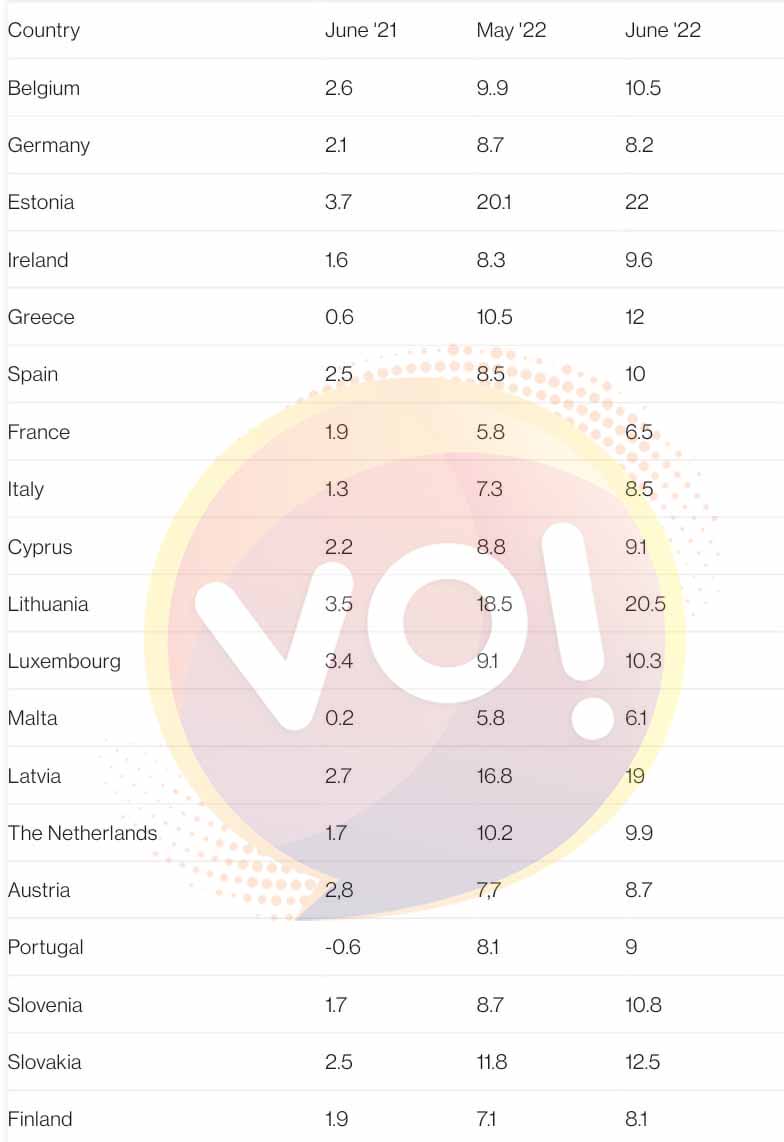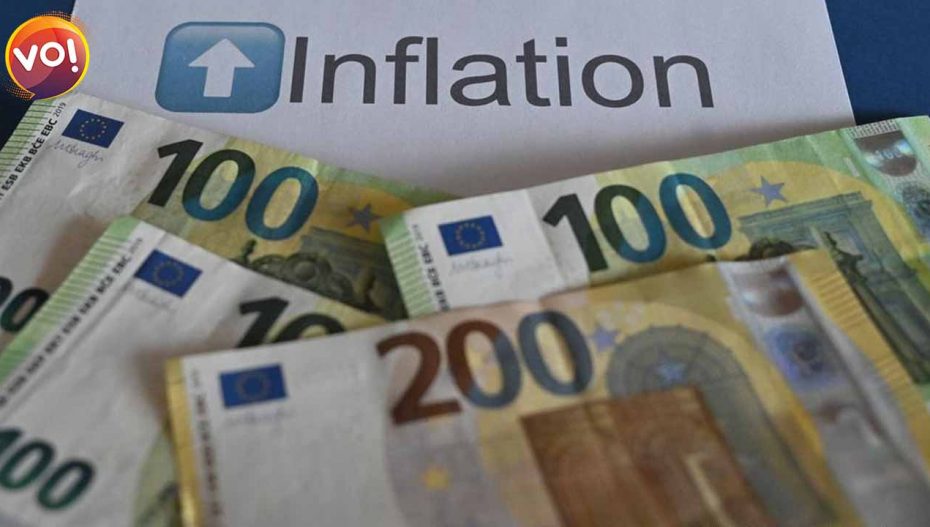According to data released on Friday by the European Union statistics office Eurostat, the rate of inflation in the euro area the 19 countries that use the currency reached a new high of 8.6% in June, driven by soaring energy prices that were in part caused by Russia’s conflict in Ukraine. Since records have been kept for the euro since 1997, inflation has reached its greatest point.
Prices for food, alcohol, and cigarettes all increased by 8.9 percent, while energy prices rose by 41.9%, both higher increases than those seen in May. Energy consumption has grown as the world economy recovers from the Covidian shock, but the situation has gotten worse due to Russia’s conflict with Ukraine.
By the end of 2020, EU leaders decided to forbid the majority of Russian oil imports, which caused the price to soar. It aims to penalise Moscow and lessen the city’s reliance on Russian energy, but utility and fuel costs are skyrocketing (at least until other sources are found).
Following the cutoff of France and other countries, Russia this month limited the flow of natural gas, which is used to create electricity, to major EU countries including Germany, Italy, and Austria.
Since last year, the euro-area inflation rate has been rising to unsettlingly high monthly levels, underscoring the war in Russia’s far-reaching effects. The European Central Bank is preparing to raise rates for the first time in 11 years, according to the Associated Press, despite analyst calls for the ECB to act soon.
Data for the Eurozone from Eurostat (June ’22 statistics are estimates):

Poland, an EU member that does not use the euro, reported that inflation increased to 15.6% in June, the highest level in 25 years, from 13.9% in May.












